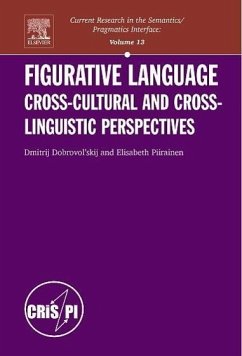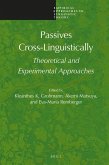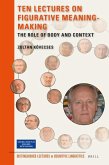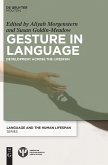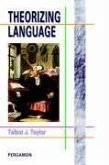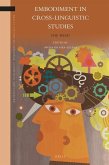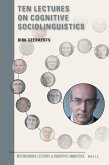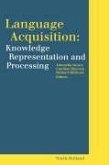As a consequence, CFLT has to include elements of cultural semiotics and other culture-related disciplines. "This is a very detailed work based on a sizable corpus... It is rigorous and comprehensive as well as comprehensible in its synthesis of concepts, techniques, and perspectives... The extensive application of the theoretical framework across different languages and semantic domains is a real strength of this book... The theory and its application by the originators is well demonstrated, and is itself very practical: not quite a cookbook, but it both explains the theory and demonstrates its application in comprehensible steps." - Dennis Alexander, University of New England.
The aim of this study is to discover basic principles underlying linguistic figurativeness and to develop a theory that is capable of capturing conventional figurative language (referred to as CFLT - Conventional Figurative Language Theory). This study analyses idioms, proverbs, lexicalised metaphors, and figurative compounds, drawn from ten standard languages.
Hinweis: Dieser Artikel kann nur an eine deutsche Lieferadresse ausgeliefert werden.
The aim of this study is to discover basic principles underlying linguistic figurativeness and to develop a theory that is capable of capturing conventional figurative language (referred to as CFLT - Conventional Figurative Language Theory). This study analyses idioms, proverbs, lexicalised metaphors, and figurative compounds, drawn from ten standard languages.
Hinweis: Dieser Artikel kann nur an eine deutsche Lieferadresse ausgeliefert werden.

